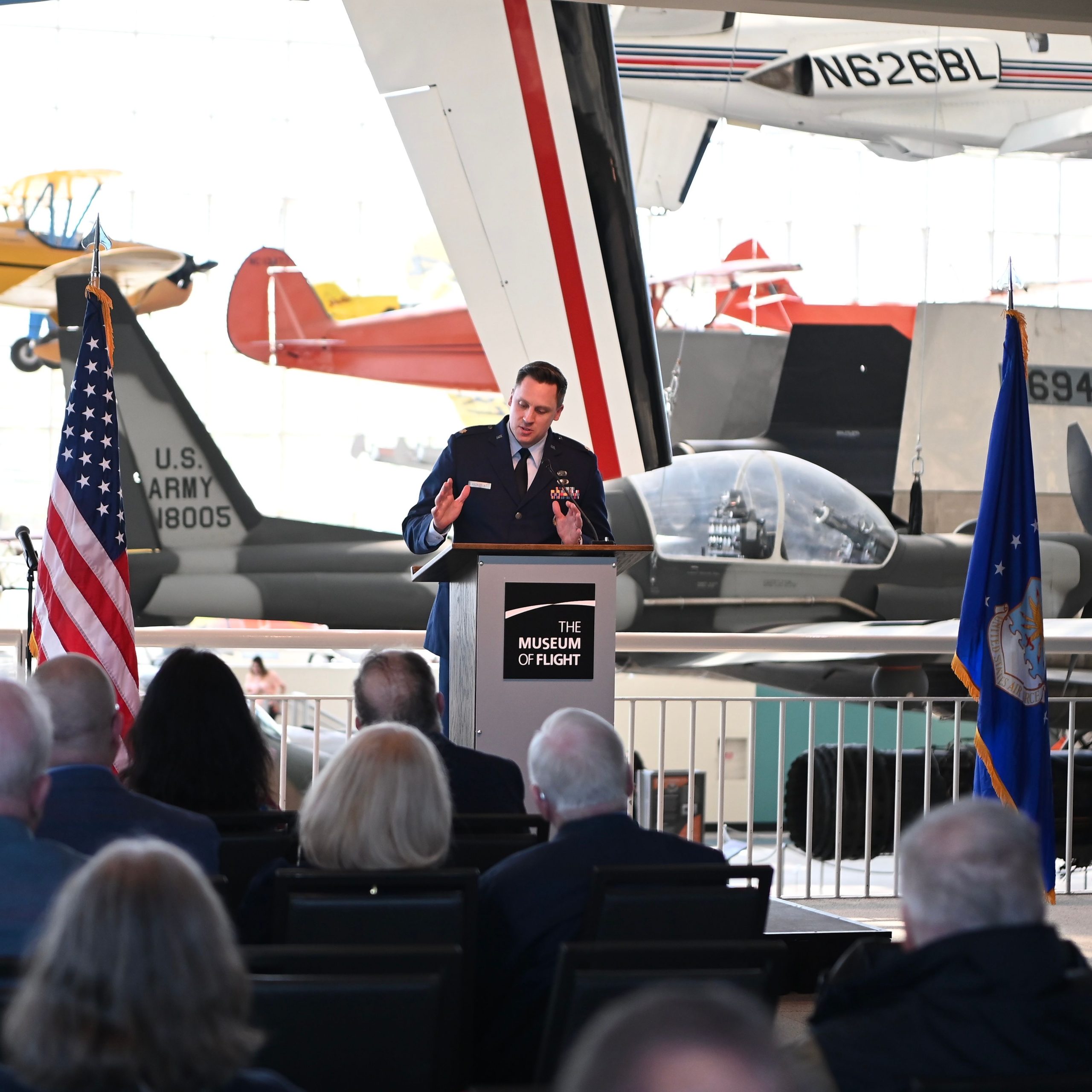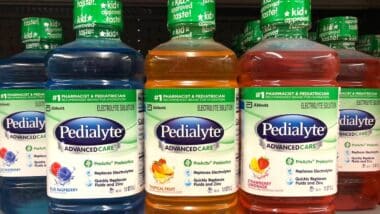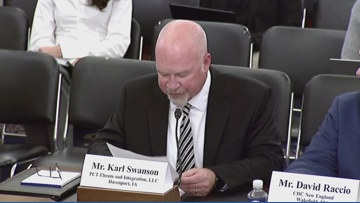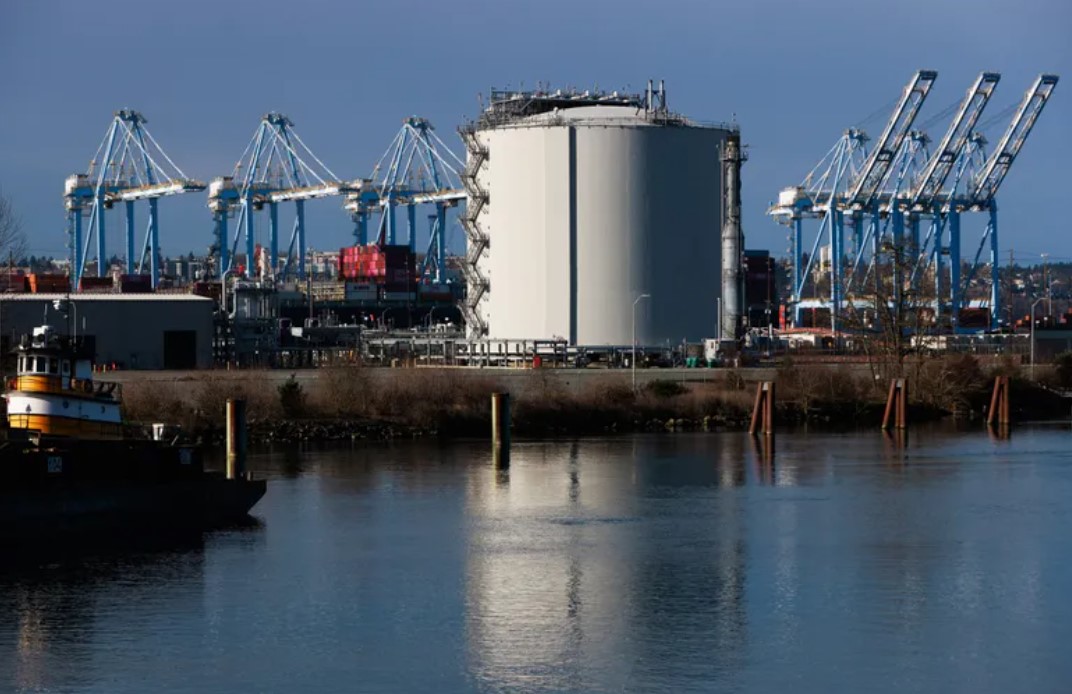Report on the Association for Learning Environments (A4LE) and its Contribution to Sustainable Development Goals
Executive Summary
This report analyzes the role and impact of the Association for Learning Environments (A4LE), as detailed by its former Global Board Chairman, Chuck Saylors. The organization’s initiatives, particularly the annual LearningSCAPES conference, demonstrate a significant commitment to advancing several United Nations Sustainable Development Goals (SDGs). The primary focus is on SDG 4 (Quality Education), supported by efforts related to SDG 9 (Industry, Innovation, and Infrastructure), SDG 11 (Sustainable Cities and Communities), and SDG 17 (Partnerships for the Goals). The report outlines how A4LE’s collaborative model fosters the development of safe, inclusive, and effective learning environments for all.
Fostering Multi-Stakeholder Partnerships for Educational Advancement (SDG 17)
A4LE’s Collaborative Framework
According to Mr. Saylors, A4LE serves as a unique and critical platform for implementing SDG 17 (Partnerships for the Goals) within the education sector. It is the only known organization that systematically convenes a diverse group of stakeholders with the shared objective of enhancing educational facilities. This partnership model is essential for holistic and sustainable development.
- Public School Systems: Representing the needs of students and educators.
- The Design Community: Providing architectural and planning expertise.
- The Construction Industry: Offering practical implementation and building solutions.
Achieving Quality Education through Enhanced Infrastructure (SDG 4)
The core mission of A4LE directly aligns with SDG 4, Target 4.a, which calls to “build and upgrade education facilities that are child, disability and gender sensitive and provide safe, non-violent, inclusive and effective learning environments for all.” Mr. Saylors emphasizes that the association’s central goal is to create environments where every student can thrive, ensuring access to facilities that are:
- Safe and Secure
- High-Quality and Conducive to Learning
- Equitable for all students and teachers, regardless of community size or resources.
Innovation and Sustainable Infrastructure in Educational Design (SDG 9 & SDG 11)
Global Knowledge Exchange at LearningSCAPES
The 2025 LearningSCAPES conference exemplifies A4LE’s commitment to SDG 9 (Industry, Innovation, and Infrastructure) by facilitating a global exchange of best practices. The event allows professionals from diverse regions, including North America, Australia, and Europe, to share innovative solutions. This cross-pollination of ideas accelerates the adoption of resilient and sustainable infrastructure in education. A key focus is on future-proofing educational facilities through the integration of emerging technologies like Artificial Intelligence (AI), which is transforming both design and construction processes.
Balancing Cost-Effectiveness with Sustainable Innovation
A4LE events highlight how design professionals can achieve a crucial balance between fiscal responsibility and creative innovation. This approach supports the principles of SDG 11 (Sustainable Cities and Communities) by promoting affordable and sustainable infrastructure. Mr. Saylors notes that attending these events provides insight into how to incorporate unique and effective design elements in a cost-effective manner, ensuring that taxpayer funds are used to create maximum value and long-term sustainability.
Commitment to Lifelong Learning and Professional Capacity Building (SDG 4 & SDG 8)
Continuing Education as a Core Impact
Mr. Saylors identifies continuing education as A4LE’s most significant contribution. By providing mission-critical knowledge and professional development opportunities, A4LE directly supports the broader ecosystem of SDG 4 (Quality Education). Furthermore, these programs contribute to SDG 8 (Decent Work and Economic Growth) by promoting lifelong learning and upskilling for professionals in the design and construction industries.
- Micro-credentialing and Certification Programs: Offering tangible, career-enhancing benefits that help members stay current in an evolving industry.
- Knowledge Sharing: Ensuring that best practices in creating effective learning environments are widely disseminated and implemented.
A Call to Action for Stakeholders
Mr. Saylors’s final advice serves as a call to action for all stakeholders dedicated to improving educational outcomes. He posits that engagement with A4LE is the most effective path for any individual or organization aiming to realize the vision of quality learning environments for all, a cornerstone of SDG 4. The association provides an invaluable network and resource hub for transforming educational spaces into environments where every student can succeed.
SDGs Addressed in the Article
-
SDG 4: Quality Education
- The article’s central theme is the improvement of educational infrastructure to support quality learning. Chuck Saylors states that the goal of the Association for Learning Environments (A4LE) is “providing a safe, secure, and high-quality learning environment for every student and teacher.” This directly aligns with ensuring inclusive and equitable quality education. The aim is to create “environments where students can thrive” and “succeed.”
-
SDG 9: Industry, Innovation, and Infrastructure
- The article focuses on “school facility development,” the “construction industry,” and the “design community.” It discusses innovations in the field, such as balancing “cost with creativity” and the “increasing role of artificial intelligence (AI)” in the “design and construction process.” This relates to building resilient, sustainable, and innovative infrastructure, specifically for educational purposes.
-
SDG 11: Sustainable Cities and Communities
- The mission to provide a “safe, secure, and high-quality learning environment for every student and teacher, no matter the size of their community” connects to making cities and human settlements inclusive, safe, and sustainable. Schools are critical public facilities within communities, and ensuring they are safe and accessible contributes to this goal.
-
SDG 17: Partnerships for the Goals
- A4LE is presented as a multi-stakeholder partnership. The article highlights that it is the “only organization that brings together public schools, the design community, and the construction industry.” It also mentions its global reach, with members from “North America, Australia and Europe” who “network and learn from each other.” This collaboration to “share… best practices” and knowledge exemplifies the spirit of global and multi-stakeholder partnerships.
Specific Targets Identified
-
Target 4.a: Build and upgrade education facilities that are child, disability and gender sensitive and provide safe, non-violent, inclusive and effective learning environments for all.
- This target is directly addressed throughout the article. The repeated emphasis on A4LE’s mission to ensure “every student and teacher has access to a safe, secure, and high-quality learning environment” is a clear reflection of this target. The goal is to create “environments where students can thrive.”
-
Target 9.1: Develop quality, reliable, sustainable and resilient infrastructure… with a focus on affordable and equitable access for all.
- The article discusses the practical aspects of “school facility development,” including how design professionals “balance cost with creativity, incorporating unique design elements in an affordable way.” This focus on creating high-quality educational infrastructure that is also affordable aligns with developing quality infrastructure for human well-being.
-
Target 17.17: Encourage and promote effective public, public-private and civil society partnerships, building on the experience and resourcing strategies of partnerships.
- The description of A4LE as an organization that “brings together public schools, the design community, and the construction industry” is a direct example of a public-private partnership. The LearningSCAPES event is a platform for this partnership, allowing stakeholders to “network and learn from each other.”
Indicators for Measuring Progress
-
Indicator related to Target 4.a: The number and proportion of schools providing safe, inclusive, and effective learning environments.
- The article implies this indicator through its core mission. Progress can be measured by tracking the creation or upgrading of facilities that meet the criteria of being “safe, secure, and high-quality,” as advocated by A4LE and its members.
-
Indicator related to Target 9.1: The number of affordable and innovative school construction projects completed.
- The article’s discussion of balancing “square-foot costs and taxpayer dollars” with “creativity” and affordability suggests this indicator. Tracking the number of projects that successfully implement innovative design in an “affordable way” would measure progress.
-
Indicator related to Target 17.17: The number of professionals and organizations participating in multi-stakeholder platforms for educational infrastructure.
- The article mentions that “thousands of A4LE members from North America, Australia and Europe” attend the LearningSCAPES conference. The number of members and event attendees from diverse sectors (“public schools, the design community, and the construction industry”) serves as a direct indicator of the strength and reach of these partnerships. The number of “continuing education” and “certification programs” offered is another tangible measure of the partnership’s impact.
SDGs, Targets, and Indicators Summary
| SDGs | Targets | Indicators |
|---|---|---|
| SDG 4: Quality Education | 4.a: Build and upgrade education facilities to provide safe, non-violent, inclusive and effective learning environments for all. | The number/proportion of students with access to “safe, secure, and high-quality learning environments.” |
| SDG 9: Industry, Innovation, and Infrastructure | 9.1: Develop quality, reliable, sustainable and resilient infrastructure with a focus on affordable and equitable access for all. | The number of school construction projects that are completed in an “affordable way” while incorporating “creativity” and innovative design. |
| SDG 17: Partnerships for the Goals | 17.17: Encourage and promote effective public, public-private and civil society partnerships. | The number of professionals and organizations from “public schools, the design community, and the construction industry” participating in collaborative platforms like A4LE. |
Source: schoolconstructionnews.com







